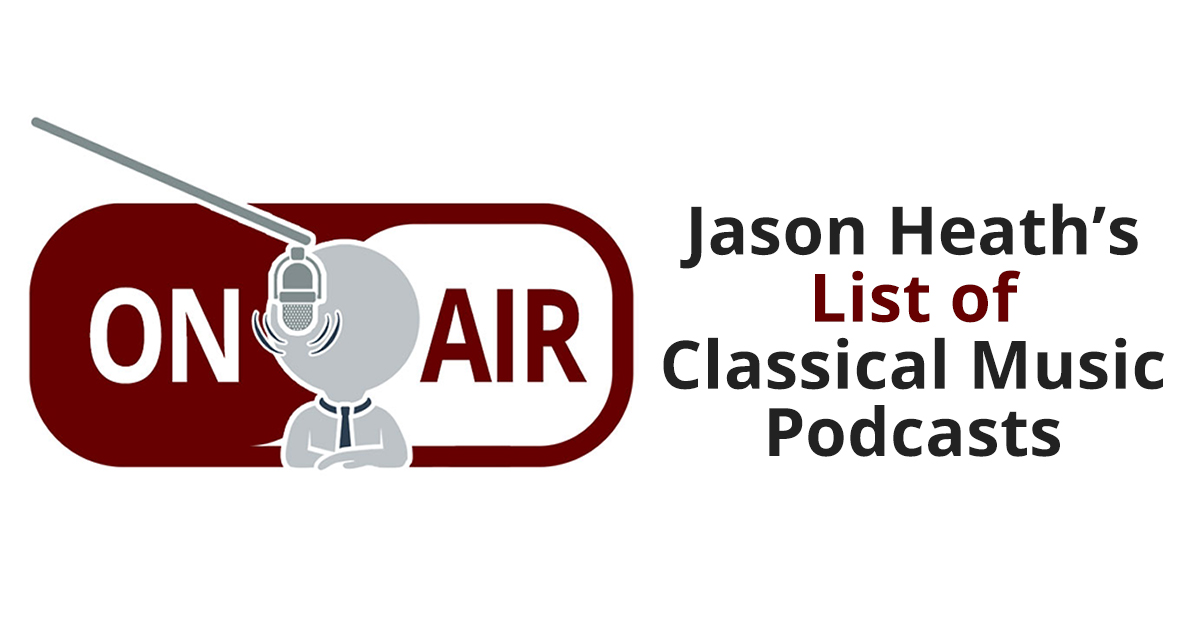So we’ve all agreed that community outreach should be guided by a clear knowledge of our audiences, our playing should touch people at a deep level and we should build on this knowledge and experience to strengthen our relationships with the people in our community – and we’ve thrown out the idea of models – we’re going to build the orchestra and relationships that are perfect for our own communities. Everyone’s nodding, right?

Did you notice I haven’t used the words product or market? Music is played by people for people.
Well, let’s get practical. How do we build these relationships between the people in our orchestras and the people in our communities without having to wipe out everything we’ve built so far?
Would it surprise you to hear that we’re already halfway there?
Every orchestra is full of musicians (people!) who are well established and connected through musical and social networks throughout the community. The musicians who move to a city to join the orchestra are also the musicians who teach at colleges and community music schools, play chamber music, play for church services, play new music, and play period instruments. In effect, orchestras are subsidizing all of these other arts organizations by making it possible for them to hire excellent musicians and teachers for part-time positions at a reduced cost.
Also, whether it’s Detroit’s Cut Time Players, Boston’s Collage New Music, Ottawa’s Thirteen Strings, every city has its own unique ensembles, thanks to a few orchestra musicians who are enterprising and capable enough to start their own organizations, raise money, and market them. These groups exist because the orchestras exist and bring these creative people into those cities.
You’re probably saying, Ok, you’ve described what exists now, but orchestras are still struggling to survive. How does this help?
What if orchestras used these existing relationships to build their community outreach? What practical steps could they take?
• Make sure that the orchestra receives acknowledgment for the musicians it brings into the community. It should be in every teaching musician’s bio and on the website of every arts organization that employs symphony orchestra musicians in any part-time capacity.
• Act as a fiscal agent for orchestra musicians who wish to start small ensembles and do community outreach. Provide grant-writing assistance, marketing and logistical support – take partial credit and include it in the overhead portion of the funding.
• Promote the activities of orchestra musicians – especially to orchestra trustees and major donors.
• Be flexible with time off. Recognize that musician-developed programs and ensembles are community outreach. Invest – it’s probably cheaper and faster than trying to develop it all upstairs.
• Help other non-profits find musicians to play benefit concerts and make sure they use the name of the orchestra and let people know that they’re donating their services. Show other people’s donors how generous and well-connected your orchestra musicians are.
• Encourage musicians to volunteer for other organizations as other businesses do with their employees. Make sure that the orchestra is recognized for being a good corporate citizen.
• Invite your musicians to develop new ensembles and programs, even concert series for community outreach.
The suggestions above are largely ordered toward managers. For my musician colleagues, let me offer a few also:
• Remember that your income arrives thanks to your hard work and generous people who volunteer time and money to make it possible. It’s appropriate to actively look for ways to give back to your community and it reflects well on your orchestra when you do.
• Community outreach does not necessarily equal crappy performances. In fact, it seems least likely to do so when musicians take responsibility for it.
• Soloists and chamber musicians go to the reception and smile and thank the people who invited them to play, even when they would rather go back to the hotel and Skype with their loved ones – it’s part of the job. We can remember to be similarly gracious.
• Some of you may resist the altruistic arguments, and think that your job is only to perform music, while management handles community relations. Are you really comfortable leaving your public image completely in someone else’s hands?
Most aspects of professionalism are not in collective bargaining agreements, and it’s a bad sign when they have to be. For example, CBAs that have paragraph after paragraph of procedures for doing bowings are a clear sign that someone long ago was not professional enough to get his work done on time. Being good citizens in our communities, individually and as orchestras, is also part of maintaining a professional image.
When you step back and look at how much individuals and small groups of orchestra musicians are already doing on their own, community outreach shouldn’t require all-powerful control by management or extensive contractual restrictions. Build on the existing work, support it, create the environment where it can it grow, and remember that these relationships are the result of people being touched by music.



Thanks, Henry!
Your guest column has been a great read full of great thoughts and useful info. Now, if only the Detroit SO Board would follow your suggestions……